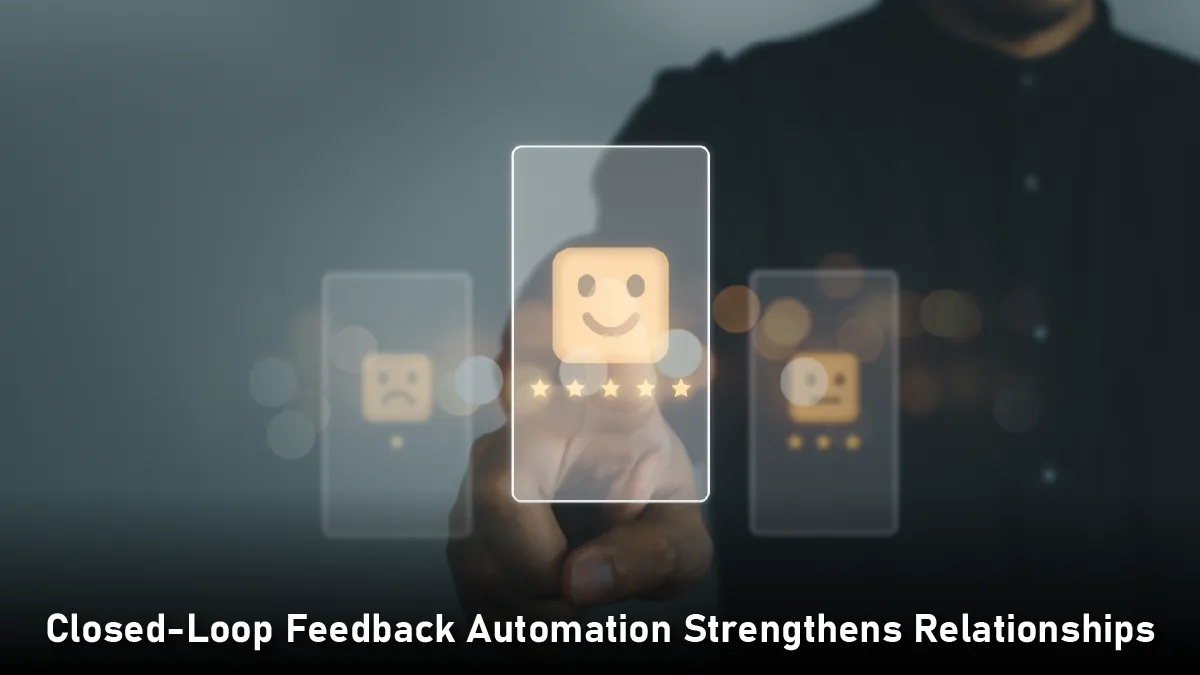In B2B marketing, decision-makers face a flood of information. Time is limited, so streamlining and personalizing the customer journey is essential. It’s no longer just a competitive edge; it’s a must. Marketing and tech leaders are using automation more and more. It helps them create smooth, efficient, and targeted experiences. These experiences help prospects go from discovering a product to buying it. However, not all automation strategies are created equal. The best methods mix data insights with human-focused design. This way, every interaction feels purposeful and meaningful. Here, we share practical ways to automate the B2B customer journey. It’ll also keep the personalization and accuracy that lead to real conversions.
Personalized Onboarding Sequences Build Immediate Trust

A prospect’s first impression of your brand shapes the whole relationship. Generic onboarding emails or welcome campaigns usually miss the mark. This is especially true in B2B settings, where stakeholders want personalized solutions. Using automation tools with firmographic and behavioral data, companies can create onboarding sequences. These sequences address a prospect’s industry challenges, company size, or recent content interactions.
A SaaS company focused on mid-sized logistics firms could automate emails. These emails go out when a prospect downloads a whitepaper on supply chain optimization. The first email can include a personalized video demo. This demo will highlight features for logistics workflows. Then, it can share a case study showing ROI for similar businesses. HubSpot says personalized email campaigns can boost click-through rates by up to 50%. This highlights how important relevance is for early-stage engagement.
The key is to balance automation with authenticity. Tools like dynamic content insertion and AI segmentation help marketers personalize easily. This makes sure prospects feel understood right from the start.
Predictive Lead Scoring Prioritizes High-Intent Prospects
Not all leads are created equal, and wasting resources on unqualified prospects can derail conversion goals. Predictive lead scoring helps find accounts that are likely to convert. It uses past data, engagement trends, and firmographic signals. Machine learning algorithms look at thousands of data points. These include website visits and email interactions. They then assign scores to show how ready a lead is to buy.
Consider a cybersecurity vendor. They use predictive scoring to target businesses showing intent signals. This includes visiting pricing pages many times and interacting with competitor comparison content. When the sales team adds this data to their CRM, they get alerts for high-score leads that show ‘hot’ behaviors. This helps them reach out promptly and with the right context.
This strategy speeds up the sales cycle. It also keeps marketing efforts in line with revenue goals. Automating lead prioritization helps businesses focus their efforts. This creates a system that directs resources to the best opportunities for conversion.
Also Read: The Secret Behind Nike’s Martech Stack and Personalized Marketing
Dynamic Content Delivery Adapts to Evolving Needs
Static content strategies fail to account for the fluid nature of B2B decision-making. Decision-makers often do not follow a straight path. Their needs and interests shift. They gather information, talk to stakeholders, and explore various options. Dynamic content automation helps brands change their messages in real-time. It adjusts based on a prospect’s behavior, role, or where they are in the buyer’s journey.
Picture a cloud provider showing different landing pages to CTOs and IT managers. The CTO may look at ROI calculators and compliance certifications. The IT manager, on the other hand, gets technical specifications and integration guides. Platforms like Uberflip and Marketo offer this detail. They help make content connect with what viewers care about. This makes dynamic delivery essential for teams focused on conversions.
Dynamic content goes beyond web pages. It can include chatbots, paid ads, and sales materials. A chatbot could suggest case studies based on a visitor’s industry. Then, a sales rep might send a follow-up email with a proposal that fits the prospect’s budget.
Automated Nurture Campaigns Maintain Momentum
B2B sales cycles are notoriously lengthy, often spanning months and involving multiple stakeholders. Without consistent nurturing, even highly interested prospects can disengage. Automated nurture campaigns keep leads engaged. They send timely, valuable content that tackles common objections. This content also educates decision-makers and highlights your unique value.
A successful nurture strategy combines cadence and context. A marketing automation platform can trigger a nurture sequence when a prospect joins a webinar about AI-driven campaigns. The first email can highlight key takeaways. The second one might share a blog post about overcoming implementation challenges. The third email could invite the prospect to a 1:1 consultation with a solutions architect. Brands can stay top-of-mind by spacing touchpoints wisely. They also use behavioral triggers to adjust timing. This way, they connect with their audience without overwhelming them.
Salesforce states that nurtured leads create a 20% boost in sales opportunities. This is better than non-nurtured leads. Automating these workflows makes sure no lead gets lost. A/B testing tools help teams improve their messaging for the best results.
Closed-Loop Feedback Automation Strengthens Relationships
 The post-purchase phase is key in B2B customer journey automation. Many overlook it, but it’s vital for keeping customers and upselling. Closed-loop feedback systems automate gathering and analyzing customer input. This helps companies spot issues, celebrate wins, and fix problems before they escalate.
The post-purchase phase is key in B2B customer journey automation. Many overlook it, but it’s vital for keeping customers and upselling. Closed-loop feedback systems automate gathering and analyzing customer input. This helps companies spot issues, celebrate wins, and fix problems before they escalate.
A managed IT services provider could send an automated survey after onboarding. This survey would ask clients to rate their experience. If a client is unhappy, the system can send a Slack alert. This lets the account manager step in right away. Positive feedback can lead to a referral program invitation or a case study request. McKinsey found that B2B companies that focus on customer experience grow their revenue 1.5 times more than those that don’t. This shows the value of engaging customers after the sale.
Beyond surveys, feedback automation can monitor usage patterns to predict churn. A project management software company might track how often users log in. If a user hasn’t logged in for a while, the software can automatically suggest training resources. When businesses connect with customer emotions, they can turn happy clients into advocates. They can also change at-risk accounts into chances for retention.
The Human Touch in an Automated World
Automation is powerful, but its success depends on how well it works with human skills. Over-automation can hurt trust. Using chatbots for complex questions can lead to problems. Also, sending generic follow-ups might not work well. Successful strategies use automation for repetitive tasks. This lets teams focus on high-value activities, such as strategic consultations and relationship-building.
Marketing and technology leaders must also remain vigilant about data quality. Bad data leads to bad results. If automation uses old or isolated data, it causes mixed-up messages. Regular audits, good CRM practices, and integration across platforms help systems run smoothly. They provide accurate and useful insights.
Conclusion
Customer journey automation enhances human interaction; it doesn’t replace it. B2B organizations can boost conversions by personalizing onboarding. They should focus on high-value leads and adapt content dynamically. Also, nurturing prospects consistently and closing the feedback loop helps create smooth experiences. The result? Shorter sales cycles, higher win rates, and customers who feel valued at every stage.
As AI and machine learning continue to evolve, so too will the tools available to marketers. Brands that succeed will see automation as more than just a quick fix. They will treat it as a dynamic strategy based on empathy and understanding. After all, in B2B, people still buy from people; even when machines are doing the heavy lifting.


Comments are closed.